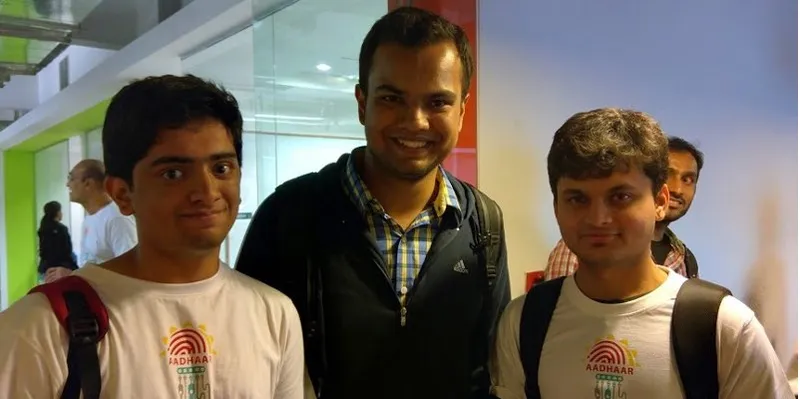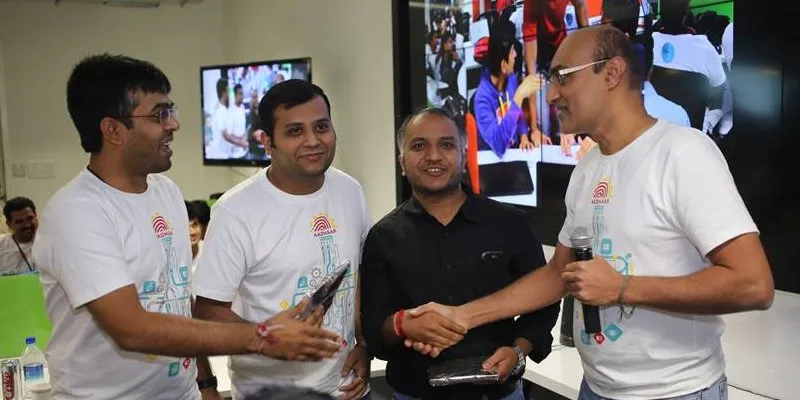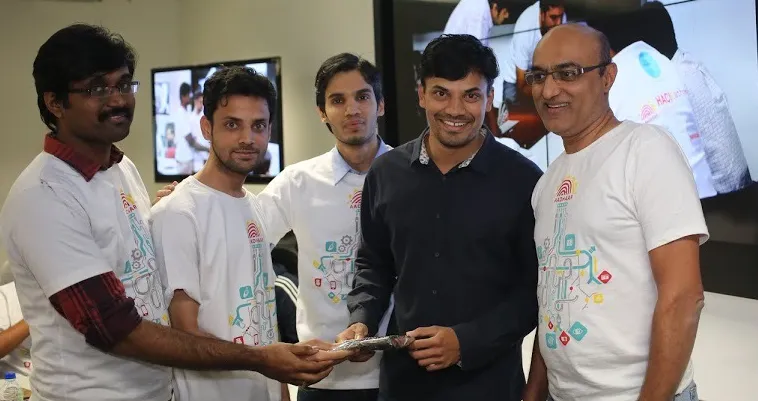What did developers come up with at the Aadhaar Hackathon?
Unique identification project was initially conceived by the Planning Commission as an initiative that would provide identification for each resident across the country and would be used primarily as the basis for efficient delivery of welfare services. It would also act as a tool for effective monitoring of various programs and schemes of the Government. As a part of this initiative, an open API is made available to developers and they're encouraged to build tools over the Aadhaar platform. Khosla Labs held an Aadhaar Hackathon on the 10th & 11th of January, 2015 in technical collaboration with Aadhaar and industry collaboration with NASSCOM. Here re some key points from the Hackathon:
• The Hackathon attracted 1800 applicants of which 140 developers were chosen. The participants came from all parts of India - Bangalore, Delhi, Mumbai, Hyderabad, Kochi and Chennai.
• Khosla Labs trained the developers in integrating with Aadhaar in 1hr and also provided them with biometric sensors to build Aadhaar applications. After which the 36 teams (out of the 140 developers) spent 24hrs coding Aadhaar applications in a wide range of domains- Aadhaar based Medical records, Aadhaar Digital Locker, Aadhaar Oauth (like “Login in with Facebook”), Taxi driver verification etc.
Here are the winners:

The winning team was a team of 3 students, Abhilash Panigrahi, Pratham Mehta and Sachin Vasista from the 3rd year of the engineering programme at VIT - Vellore Institute of Technology. These 3 students built the Aadhaar Application - Aadhaaritory - a healthcare application that ties an individual's Aadhaar number to his electronic medical history, allows doctors to update it and is portable for the individual across various healthcare providers and geographies.

The 2nd prize winners - Satyendra Kumar Pandey, Tarun Rathor, Vimal Makadia and Sanketh. Their Aadhaar application Adhaar Box - a cloud based document repository that can manage and share Aadhaar verified e-documents, this digital locker can be used to store documents and government certificates and given access to by using Aadhaar authentication.

The 3rd prize winners - Charan Raj, Kiran, Nishant and Umesh. Their Aadhaar application was True Identity - an Aadhaar OAuth identity verification service built on other online identities such as LinkedIn, Twitter, similar to a "Login with Facebook”. Once you login to the Aadhaar authenticated service, your can then login to other sites that accept the Aadhaar based OAuth.

This was a good start to spread awareness about Aadhaar's open API but we're still far from reaching a point of satisfactory developer confidence. Our search for companies using Aadhaar open API ended at Rasilant Technologies. CTO Shiladitya Mukhopadhayaya shared his experience-Aadhaar has an open API which they have published and also give some sample applications that you can try out with it. The basic authentication that they allow third party apps as of now is to verify an entry in the aadhaar database by means of querying any of the data points they capture. Such as - First Name + Aadhaar No., or Left Index Fingerprint + Last Name, etc. The API then returns a true or false of if these credentials are stored in their database under the same entry and hence are a match / verified. The more parameters you query, the more matched the data is and hence more secure.
We are using the above in a cloud based attendance application we have developed for universities and corporates which uses biometric fingerprint detection hardware connected to our cloud platform to authenticate faculty and employees for various locations across India. Our cloud platform uses the Aadhaar API for verifying each user during enrollment into our platform and then that identity is considered authenticated. This is similar to the open government application hosted on attendance.gov.in which also uses the platform and does biometric attendance.
We are extending the use of the API to more of our applications as well once clients start accepting it as an additional layer of verification, we are already providing it in our visitor management systems for corporates (banks), driver identification systems for secure installations (oil refineries) and some more.
Learn more about the Aadhaar API.







